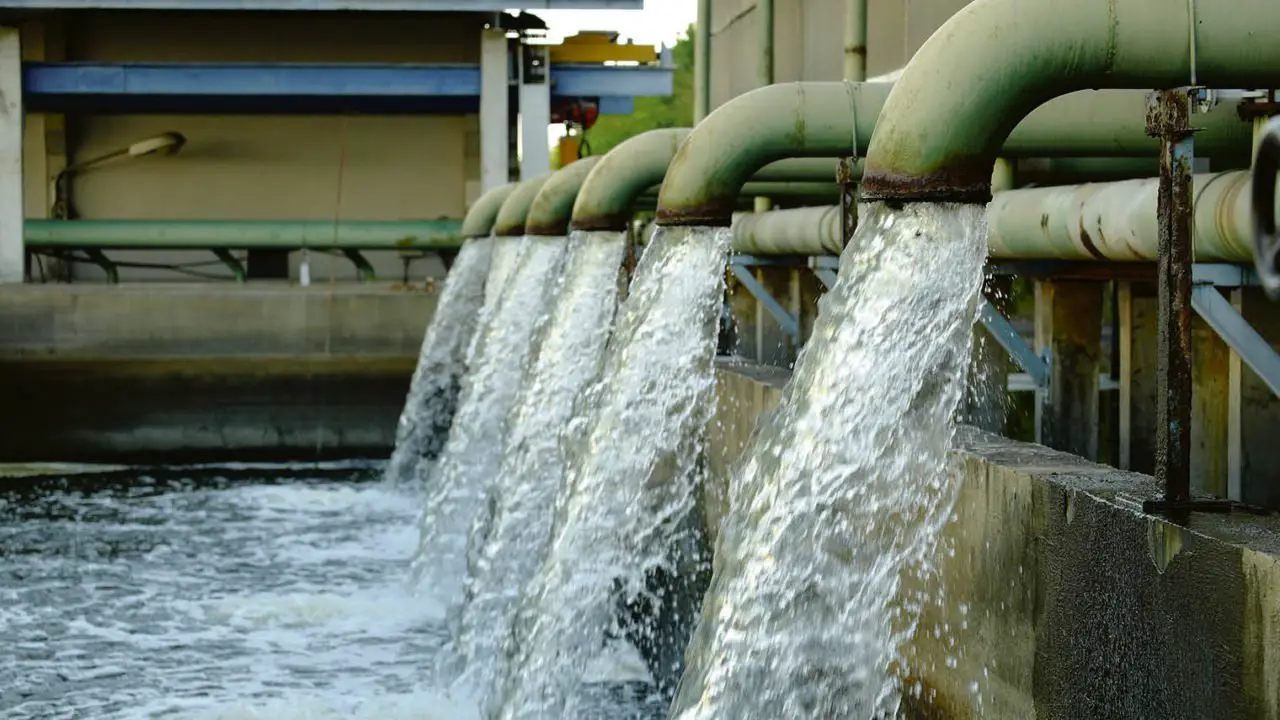The Bulawayo water and sanitation improvement project (BWSSIP) in Zimbabwe is set to be completed before end of of this year. This is according to African Development Bank (AfDB), which is financing the project.
The US $33m project includes rehabilitation and upgrading water upgrade water production and treatment facilities, water supply and sewerage networks, as well as wastewater treatment and disposal installations.
Also Read:Cameroon rehabilitates the Ndjoré water catchment station
BWSSIP
Simela Dube, one of the project managers, said that the project will be be delivered in the third quarter of 2020. Works on the ground includes the rehabilitation of the city’s pumping station, drinking water plants and the replacement of 133 km of drinking water distribution pipe.
In terms of sanitation, sewage treatment plant serving the southern area of the city of Bulawayo will be rehabilitated. In addition, the government is installing and replacing 17,714 drinking water meters, particularly in the poor neighbourhood of Cowdray Park.
“We are counting down months to completion. With the full suite of new services, we seek to reverse the devastating effects that poor sanitation and water supply has brought to this area. We look forward to witnessing the positive impacts that these changes will bring and building the resilience of this society,” said Mr Damoni Kitabire, Country Manager for the Bank’s Zimbabwe office.
The project, administered by the government of Zimbabwe via the Bulawayo City Council, is designed to contribute to the health and social wellbeing of its population. Bulawayo, like many urban centres in Zimbabwe, has been affected by years of under-investment in its water and sewerage infrastructure maintenance.
The city also suffers from water insecurity due to frequent drought. Less than 50% of the sewage generated in the city is currently collected, and the exposure to contamination is significant. Initially, water was distributed on rational basis, resulting to most communities walking more than a kilometer to get water.

